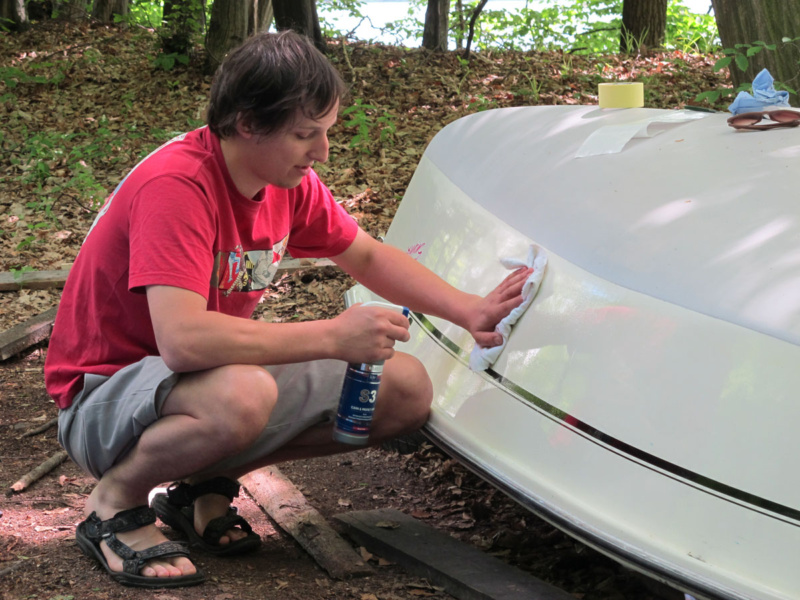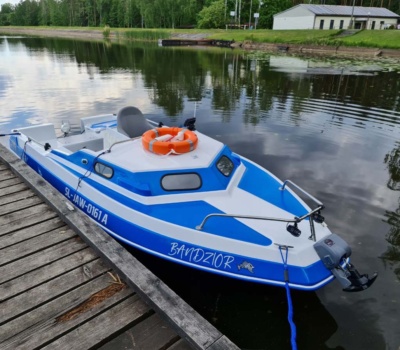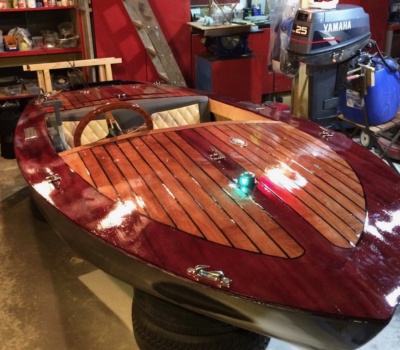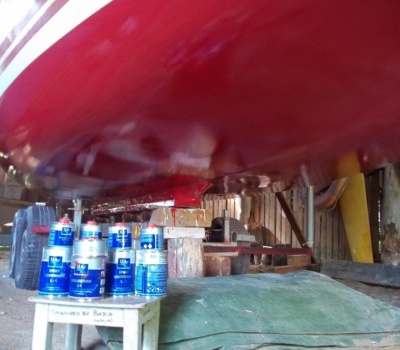“The next layer isantiosmoticHSEpoxy Primer Sea-Line. It is verydense, you have to get used toher characterand learnto imposeequallayerswith a roller.Withthree layersshouldgo.Certainlymoreamazedpeoplewould achievebetter effect,butfor a firstcontactwith this type ofworkthe end resultwas verysatisfactory. Thanks largely tothe paint, which does not dripso easyandgoodspillsto forma uniform layer. “
Full reportofrenovationJakubaMitki
Description ofrepaircan be found at: http://kluczka.pl/blog/
andin the journalYacht-Market,March 2015


Renovation of the Spanish motorboat Ducauto caribe. “Cut in half, gutted and made according to

Cosmetics Sea-Line use in Polish Army for cleaning and protect Sea Gun AM35 on „ORP

Mr. Wojciech Ceiślik, boatbuilder Glen-L Squirt: „I recommend Sea-Line products to everyone who builds and

„… It was not easy, hard job on knees with mask and glasses. Feeling like
We do not sell retail. Our products can be found in many stores in Poland and abroad. Our distributors run stationary and online stores. The full list of distributors and contacts can be found on our website at the following link click here.
Yes, you can paint the bottom of the boat with polyurethane paint due to its high mechanical strength. We recommend this solution when the boat is not launched for a long time and is not exposed to fouling.